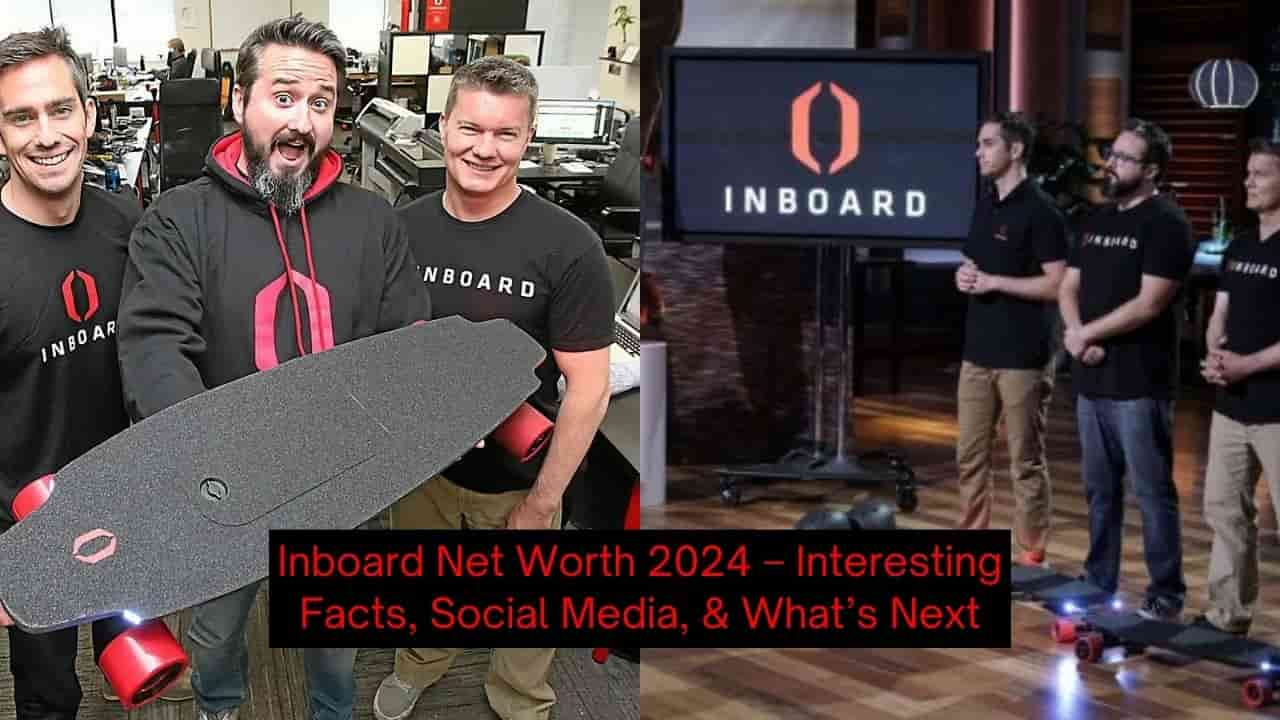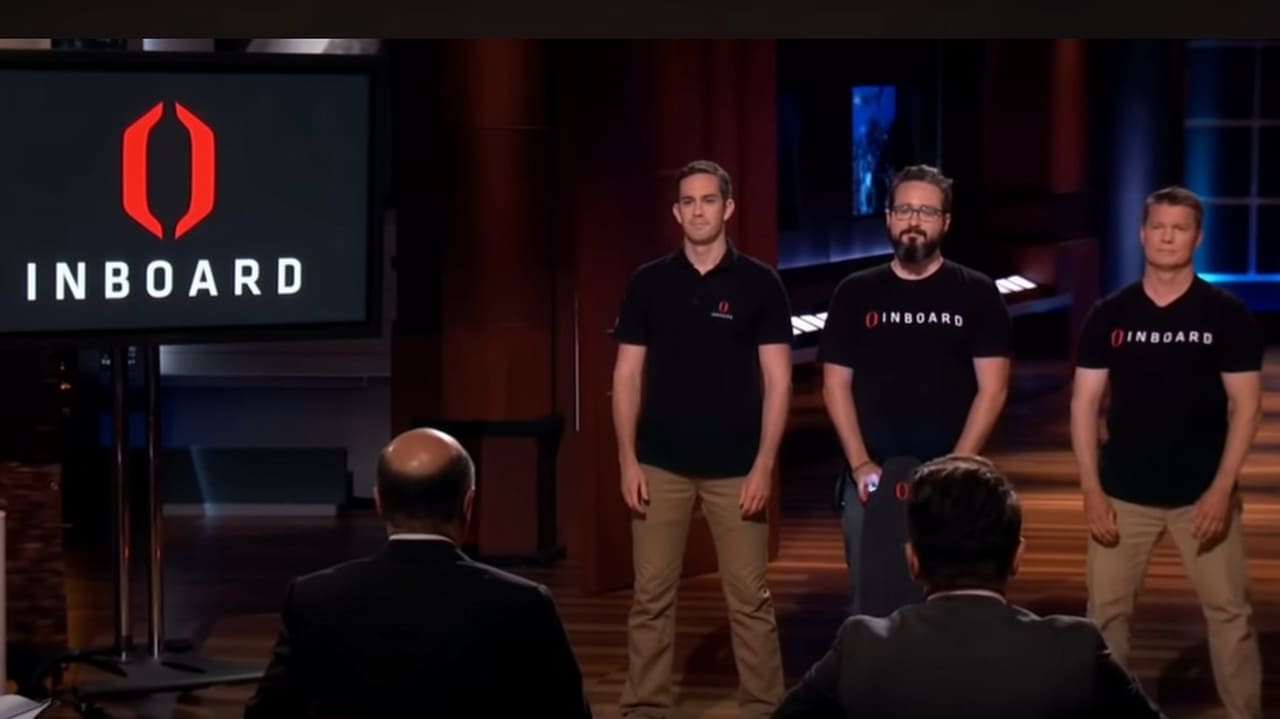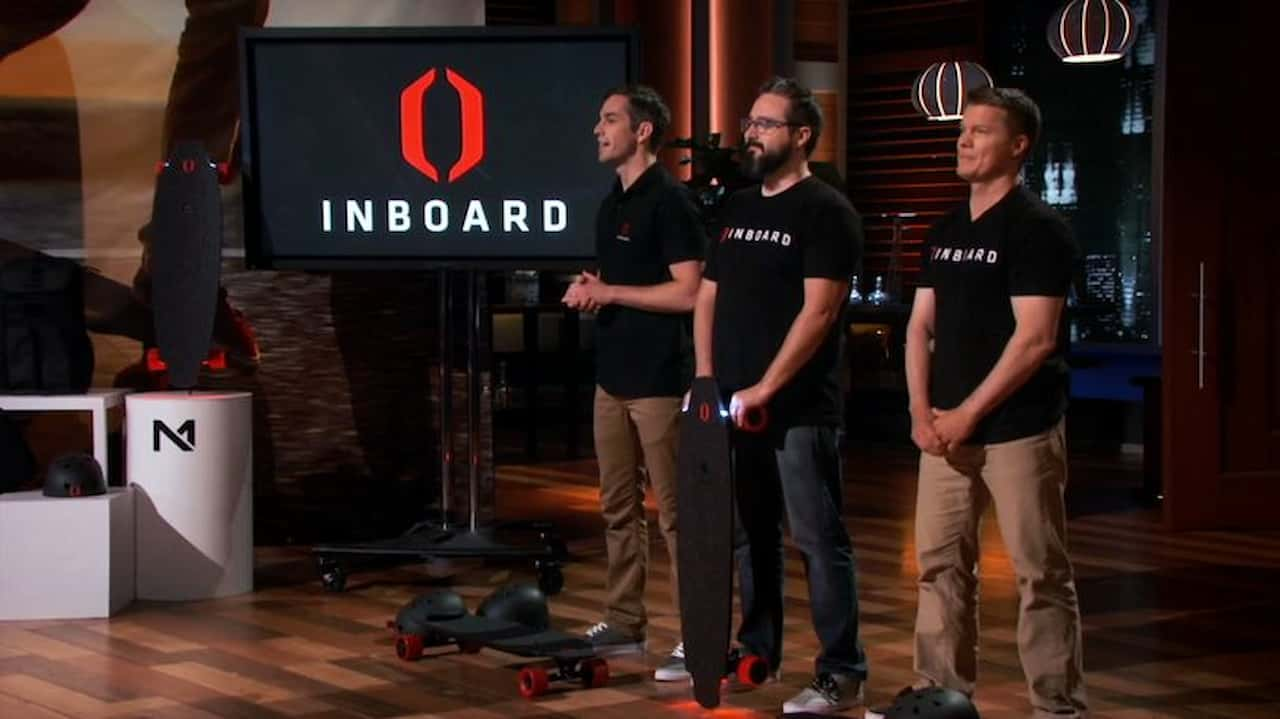Inboard Technology has made waves in the electric transportation industry with its innovative electric skateboards. Founded in 2014 by Ryan Evans, David Evans, and Chris Harley, the company has grown, catching the attention of investors and entrepreneurs alike. In this article, we’ll explore Inboard’s net worth, its journey from Shark Tank to the present, and its prospects.
Who is the Inboard?
Inboard Technology is a California-based company specializing in designing and manufacturing cutting-edge electric skateboards. The company’s flagship product, the M1 Skateboard, features in-wheel motors, integrated LED lights, and regenerative braking, setting it apart from traditional electric skateboards. Inboard aims to revolutionize urban transportation by providing a fun, efficient, and eco-friendly alternative to cars and public transit.
Who Is The Founder Of Inboard?
Inboard Technology was founded in 2014 by Ryan Evans, David Evans, and Chris Harley, all of whom hail from Santa Cruz, California. The three co-founders had a vision to create an electric skateboard that combined the nostalgia of a traditional skateboard with the latest advancements in electric vehicle technology.
| Founders | Ryan Evans, David Evans, and Chris Harley |
|---|---|
| Origin | Santa Cruz, California |
| Motivation | Started after college, focusing on urban transportation solutions |
| Notable Innovation | Manta Drive – internal drive system for a smooth ride |
How Was The Shark Tank Pitch Inboard?
Inboard’s appearance on Shark Tank in 2017 was pivotal in the company’s history. The founders went into the Tank seeking a $750,000 investment in exchange for a 4% equity stake, valuing the company at $18.75 million. The sharks were immediately impressed with the M1 Skateboard’s innovative design and performance features.
After a back-and-forth negotiation, Inboard landed a deal with Lori Greiner and Kevin O’Leary. The sharks offered a $750,000 loan at 9% interest in exchange for a 4% equity stake in the company. This capital infusion allowed Inboard to accelerate its product development and marketing efforts.
| Entrepreneur(s) | Ryan Evans, David Evans, and Chris Harley |
|---|---|
| Business | Inboard Technology – Electric skateboards and scooters |
| Ask | $750,000 for 4% equity |
| Result | $750,000 loan at 9% interest + 4% equity |
| Sharks | Lori Greiner and Kevin O’Leary |
| Outcome | Accepted the loan deal with Lori and Kevin |
Inboard Shark Tank Update:
The Shark Tank deal proved to be a double-edged sword for Inboard. While the investment provided much-needed funding, the company struggled to maintain profitability and keep up with the demands of its rapid growth. In 2019, Inboard made the difficult decision to pivot its business model and sell its intellectual property and assets.
What Happened To Inboard After Shark Tank?
After the Shark Tank deal, Inboard encountered several challenges. The company’s expansion into the electric scooter market failed to gain traction, and it could not maintain profitability with its electric skateboard business. In November 2019, Inboard announced that it would shut down its operations and sell off its assets.
Inboard Net Worth:
Despite the setbacks, Inboard’s net worth is still a topic of interest in the electric transportation industry. At the height of its success, the company was valued at $18.75 million, based on the Shark Tank deal. However, the company’s subsequent struggles and eventual closure have made determining its current net worth difficult.
Inboard Growth and Operations:
Inboard experienced rapid growth in the years following its Shark Tank appearance. The company expanded its product line, introduced new features, and grew its distribution network. At its peak, Inboard had a global reach, selling its electric skateboards in numerous countries worldwide.
However, the company’s operational challenges, including production issues and supply chain disruptions, ultimately led to its downfall. The pivot into the electric scooter market failed to generate the necessary revenue to sustain the business, and Inboard was forced to shut down its operations.
Inboard Marketing and Sales:
Inboard’s marketing strategy was focused on creating a solid brand identity that appealed to urban commuters and tech enthusiasts. The company leveraged social media, partnerships, and influencer marketing to raise awareness and drive sales of its electric skateboards.
Regarding sales, Inboard’s products were primarily sold through its e-commerce platform and select retail partners. The company also explored licensing and OEM opportunities to expand its reach and generate additional revenue streams.
| Product Name | Inboard M1 Electric Skateboard |
|---|---|
| Top Speed | 24 mph |
| Range | 7 to 10 miles |
| Features | In-wheel motors, integrated LED lights, regenerative braking |
| Price | Approximately $1,399 |
| Key Features | Swappable battery packs, wireless remote control, mobile app integration |
| Pros | Sturdy and lightweight design, powerful motor, regenerative braking, fast swappable batteries, LED lights |
| Cons | Not ideal for beginners, it has a somewhat limited range |
Inboard Social Media Presence:
Inboard maintained an active social media presence on Instagram, Facebook, and YouTube platforms. The company used these channels to showcase its products, share user-generated content, and engage with its growing community of customers and fans.
Inboard’s social media strategy was an integral part of its marketing efforts, allowing the company to build brand awareness, showcase the capabilities of its products, and connect with its target audience.
Inboard Interesting Facts:
- Inboard was founded by three friends from Santa Cruz, California, who were inspired to create an electric skateboard after one of them had his bike stolen.
- The company’s M1 Skateboard featured a unique “Manta Drive” system, with motors integrated directly into the wheels for a seamless and efficient ride.
- Inboard was one of the first electric skateboard companies to successfully crowdfund its products, raising over $5.6 million in pre-orders before its Shark Tank appearance.
- Guest shark Chris Sacca praised the company’s Shark Tank pitch, seeing the potential for electric skateboards and scooters as a viable transportation alternative.
What’s Next For Inboard?
After Inboard’s closure, the company’s intellectual property and assets were sold to other players in the electric transportation industry. While Inboard’s story serves as a cautionary tale for startups in the hardware and consumer electronics space, the company’s innovative technology and design legacy continue to influence the development of new electric vehicles.
It remains to be seen if Inboard’s technology and brand will be revived under new ownership or if the company’s founders will pursue new ventures in the electric transportation sector. The electric skateboard and scooter market continues to evolve, and there may be opportunities for Inboard’s technology and expertise to find new life in the hands of a different team.
Final Words:
Inboard’s journey is a testament to the challenges and opportunities in the rapidly evolving electric transportation industry. While the company ultimately struggled to maintain its footing, its innovative products and ambitious vision captured the attention of investors, entrepreneurs, and consumers alike. The legacy of Inboard’s work will continue to shape the future of urban mobility, and the lessons learned from its rise and fall may serve as guidance for the next generation of electric vehicle startups.
Table of Contents


